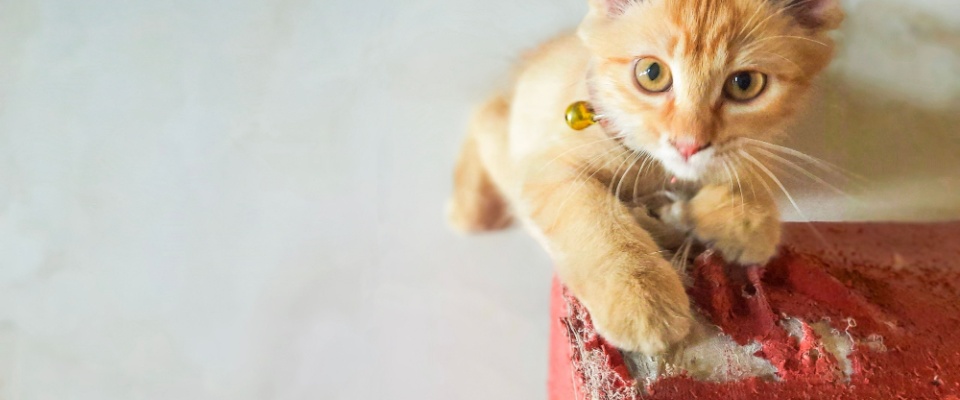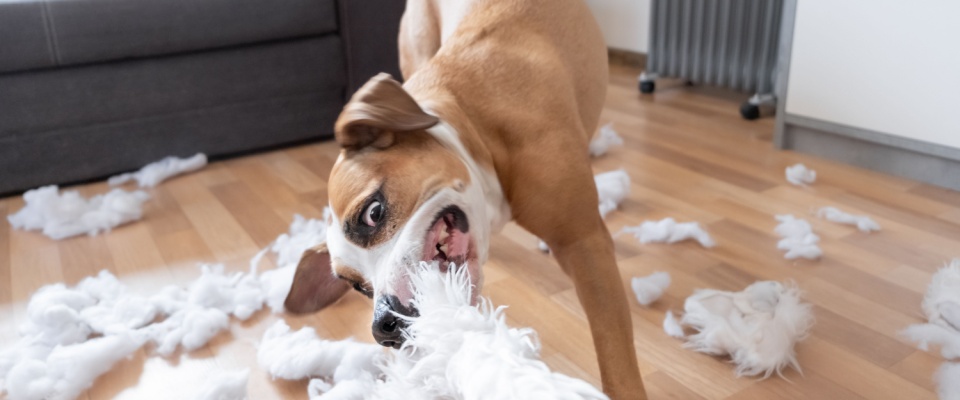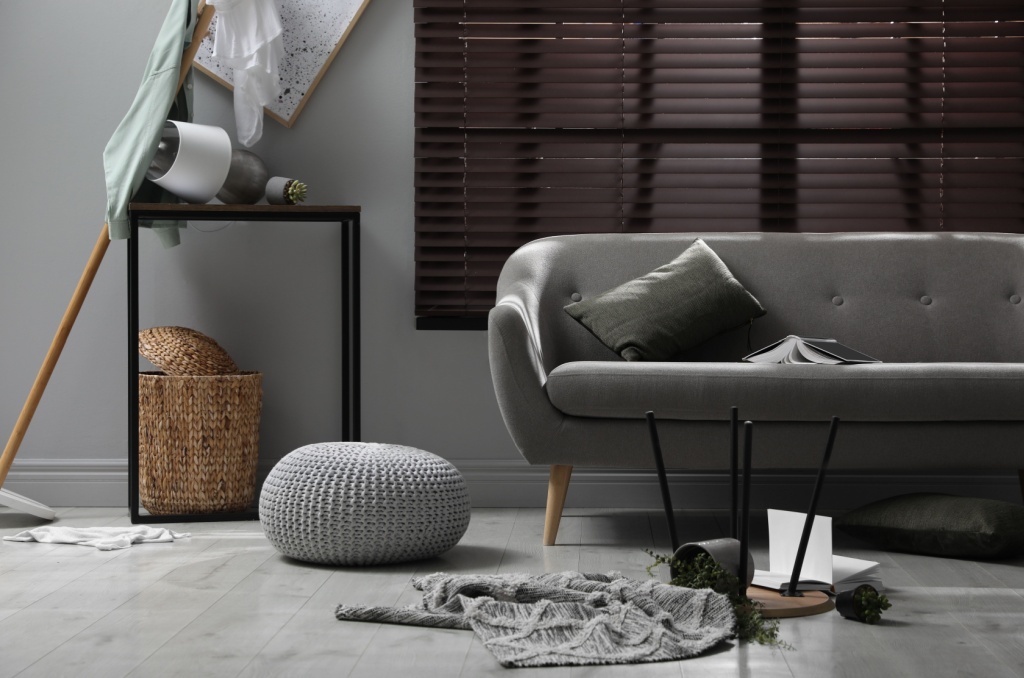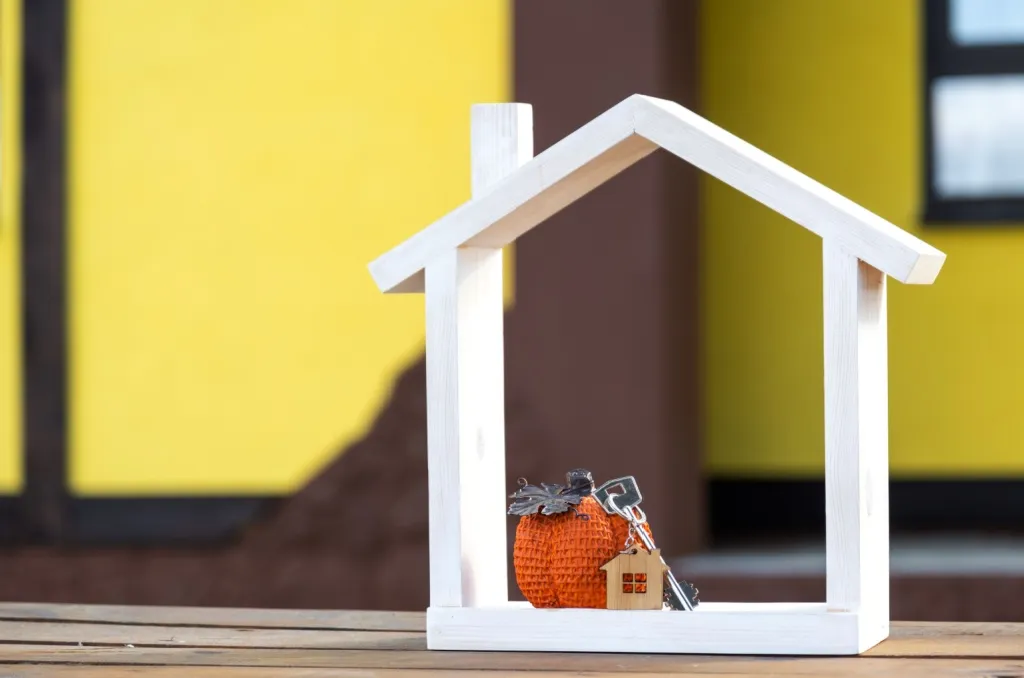Your dog just mistook the doorframe for a chew toy, or maybe your cat has turned your blinds into a climbing gym. If you’re a renter, you might look around your apartment and think, “Is this going to cost me when I move out?” And if you are charged, does your renters insurance cover pet damage?
The answer? It depends. When you're renting with pets, it's a good idea to understand exactly where your coverage begins and where it ends before your furry friend gets too creative.
Let’s break it down.
Does renters insurance cover pet damage to your personal belongings?
Most renters insurance policies don’t cover damage caused by your own pet to your own belongings. If your dog damages your armchair or your parrot pecks at your gaming controller, you’re likely on your own for the bill.
That’s considered something you, as the pet owner, are responsible for preventing. While it’s frustrating, insurers generally see this as a “wear-and-tear” issue rather than an accident.
Pet damage to the apartment: A risky gray area
Let’s say your dog scratches up the hardwood floors, or your cat shreds the landlord’s carpet in your rental. Since you don’t own the actual apartment, you may think your renters insurance would help you cover the cost of repairs.
Unfortunately, most standard renters insurance policies don’t cover pet damage to the landlord’s property either. So, if the damage is discovered during an inspection or when you move out, you may need to pay for it out of pocket or have it deducted from your security deposit.

This is where ResidentShield renters insurance can give pet owners some peace of mind. ResidentShield offers an optional pet damage endorsement in most states that covers up to $500 per occurrence for damage caused by your pet, and it only costs $1.50 per month to add it.
Let’s say your cat gets a little too ambitious with the living room carpet and leaves a section torn beyond repair. When you move out, your landlord charges you $400 for replacement. If you’ve added ResidentShield’s pet damage endorsement to your policy, you could be reimbursed up to $500 for the incident, which would be enough to cover the cost, minus your deductible (if applicable).
What is typically covered: Liability for injuries and damage to others
Does renters insurance cover pet-related damage or injury to someone else or their property? Let’s find out.
If your pet causes injury to someone visiting your apartment, your renters insurance’s liability coverage will likely step in to help. It may cover medical expenses or even legal costs if the person decides to sue for it.
The same goes for damage to someone else’s property. For instance, if your dog knocks over a friend’s expensive speaker while you’re visiting their place, or your bird escapes and ruins a neighbor’s screened porch, liability coverage could help cover the cost.

Here’s a heads-up, though: some policies exclude certain dog breeds or exotic pets altogether. That includes commonly restricted breeds like pit bulls, Rottweilers, and others. If you have a non-traditional pet, be sure to check the fine print or call your insurance provider directly to ask.
ResidentShield provides liability coverage in most cases, but only when the $300,000 liability option is selected. Contact a representative to learn more.
What to do as a pet owner who rents
If you’ve got pets and a rental, here’s what you can do to stay protected and avoid surprise expenses down the road:
1. Review your renters insurance policy for pet-related details, especially around liability and exclusions.
2. Ask about optional pet coverage, like ResidentShield’s pet damage endorsement.
3. Be honest with your landlord or property manager about your pets. Hiding them could void your lease or insurance protection.
4. Document any pet-related damage as soon as it happens and take care of repairs quickly, when possible.
5. Train and supervise your pet to minimize the risk of damage or unexpected accidents. Prevention is the best way to avoid unwanted costs and to keep your deposit intact.
The bottom line
Living with pets makes life better, but it also adds a layer of responsibility, especially when you’re renting. So, does renters insurance cover pet damage? Not usually. But that doesn’t mean you’re stuck crossing your fingers and hoping your dog doesn’t go full Tasmanian devil while you’re out.
With the right renters insurance (and smart add-ons like the one provided by ResidentShield), you can protect yourself from the financial headache that often follows in your pet’s pawprints. Plus, that’s cheaper than a new rug or a new piece of furniture.
Because let’s face it — when you’ve got a pet, it’s not if something gets damaged; it’s more likely when.




